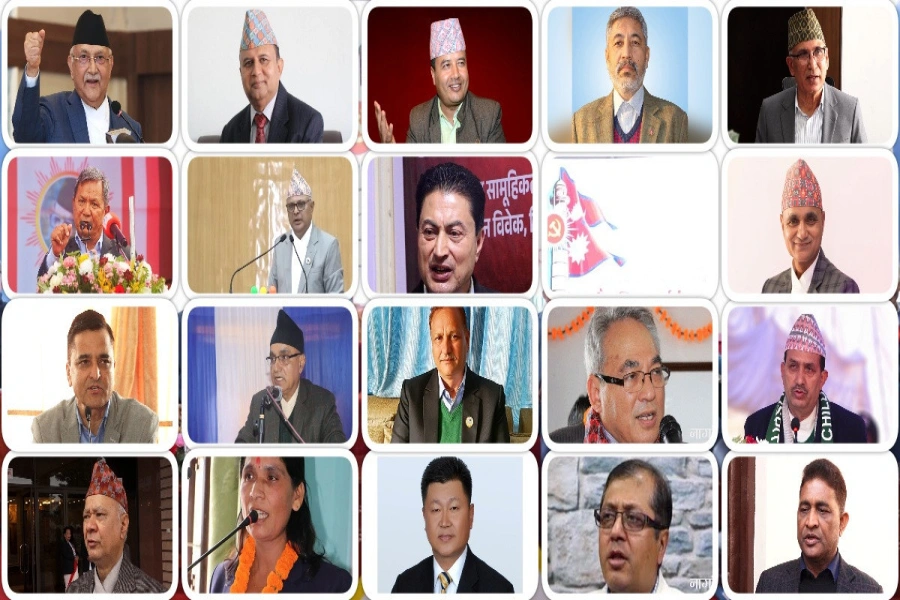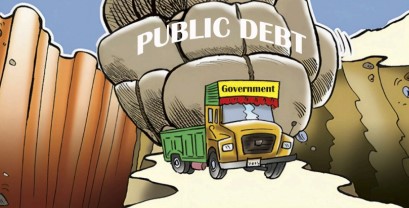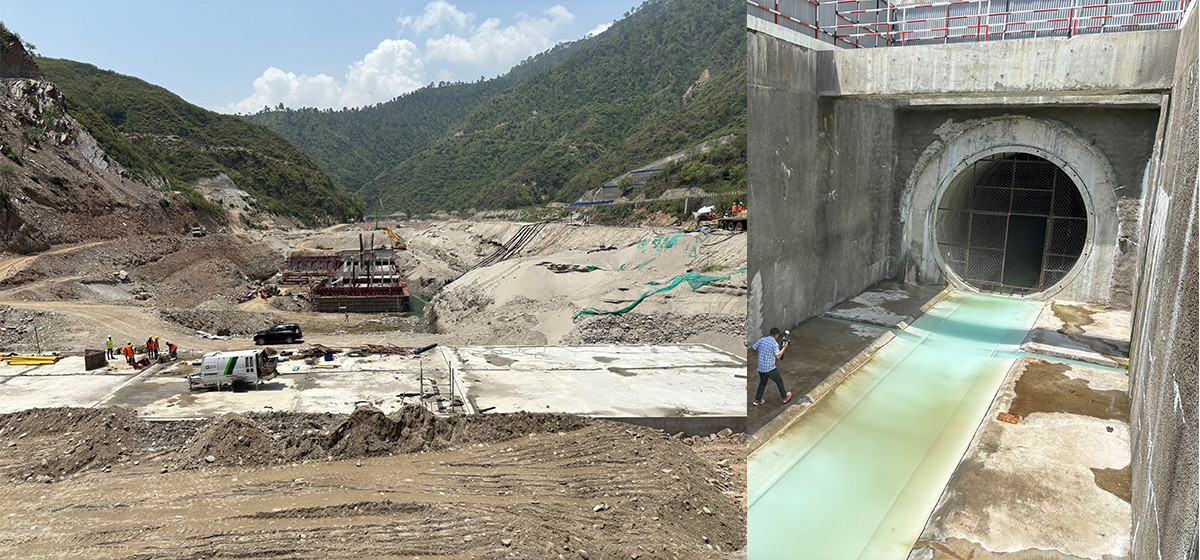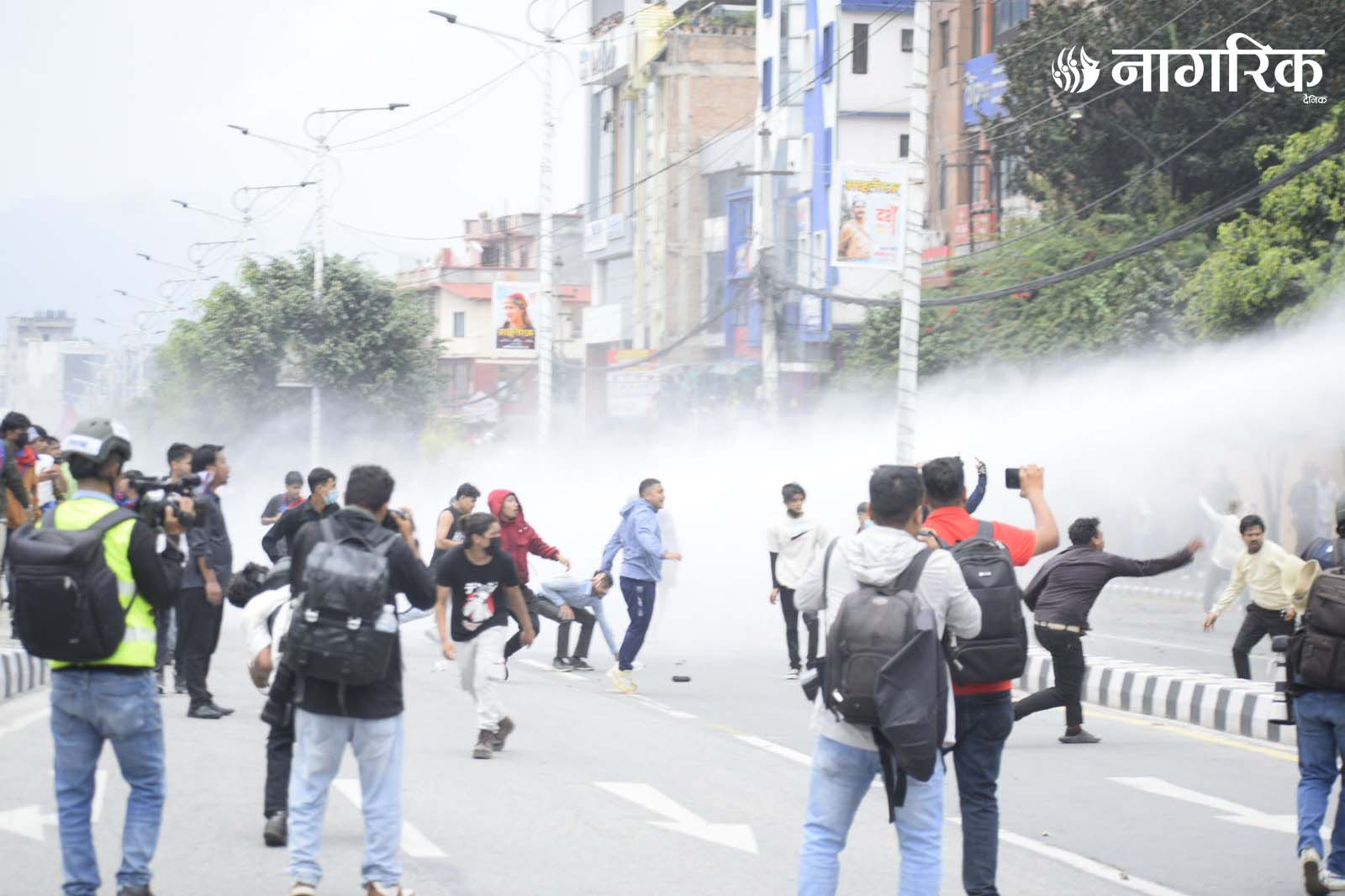The stakes are not just high for Nepal but for the entire world
Global warming, undoubtedly our times' most pressing existential crisis, has called many a voice to sound its warning, but of these, one sounds out more eloquently from Nepal, the small, landlocked nation. The Sagarmatha Dialogue 2082, underway in Kathmandu has been much more than the conventional summit; it has been a profound and desperate echo of the cry for help from Earth, reiterated through the stunning but fragile Mount Everest.".
In the eloquent opening address, Nepal’s Foreign Minister Dr. Arzu Rana Deuba cited that "Our Himalayan region, a natural treasure for thousands of years, is silently vanishing before our eyes," specifying that we no longer have the luxury of merely looking on passively but are driven instead to listen to Sagarmatha's warning with unyielding resolve and collective efforts to preserve what remains of our world's high altitude heritage.
Shared concern, shared prosperity

Nepal, a dot on the global map, is in reality an active laboratory of the catastrophic impact of climate change, with a living preview of the crisis taking shape before our very eyes, with glaciers melting at record speeds, generating the risk of Glacial Lake Outburst Floods, while societies that have prospered for centuries in the mountains are being threatened with extinction by an inexorable cycle of flash floods, droughts, forest fires, and consecutive failures of crops. Public health is breaking down, stretched to the limit by warmer temperatures, increased water shortages, and emerging food insecurity, all of which are symptoms of a more general environmental collapse, and this deterioration carries over into the cultural and identity realm as well, for the mountains in Nepal are far more than they are geological blocks—you might say that they are embedded in the national consciousness as symbols of belief, pride, and cultural unity.
Although the Sagarmatha Dialogue is taking place in the intimacy of Nepal, its importance and necessity extend well beyond, with three urgent messages that the world can no longer afford to ignore: first, the unshakeable imperative for the developed nations to take responsibility for their past emissions, given the fact that countries such as Nepal have made very little contribution to global carbon emissions but still bear the brunt of its catastrophic effects most, and thus those who are most culpable must provide grants, not loans, to climate adaptation and mitigation initiatives. Second, the recognition that local solutions have global applicability, evidenced by Nepal's pioneering community forestry projects, which are clean models of sustainability, deserving of international recognition and policy adoption; and third, the harsh reality that preserving the Himalayas is inherently synonymous with preserving the planet because the meltdown of the Himalayas directly threatens the lifelines of the great Asian rivers such as the Ganges, Brahmaputra, and Indus, on which billions of human lives depend for survival.
The solution to the crisis requires a multi-faceted strategy that begins with championing climate justice, not only in the form of reparations, but fundamentally reconfiguring the way the global system facilitates the most vulnerable nations, where climate finance is not only predictable and sufficient, but grant based, and with greater access to green technology such as renewable energy, climate resilient agriculture, and enhanced early warning systems, which Nepal requires urgently in order to support its low carbon transition. Simultaneously, there must be targeted investments in local adaptation plans like augmentation of rural water supply, replacement of traditional building materials with green materials, and large-scale reforestation, as well as robust support for climate resilient education, health, and sustainable livelihoods. This must be supported by a strong research and monitoring system that employs smart sensors, GIS mapping, and remote monitoring technologies to track glacial melt and biodiversity and develop long term data systems that will guide global responses to climate instability.
Secondly, building large-scale public awareness is also important, from integrating climate science into the school curriculum to activating young people as climate voices and promoting eco-friendly tourism as a tool of ecological protection. Nations like Nepal need to build diplomatic coalitions as well to raise their voice in international platforms like UNFCCC and COP conferences, even invoking the need for forming a Himalayan Coalition to activate mountain states in collective action in defence of their fragile ecosystems.
The stakes are not just high for Nepal but for the entire world. For Nepal, this crisis is both a call to global sympathy and a chance for transformative economic rebirth in green jobs in energy, tourism, and sustainable agriculture, while empowering locals through better forestry, water management, and education initiatives. For the world, preserving Nepal's glaciers guarantees the water supply for over two billion Asians, saves one of the Earth's most biodiverse hotspots, and opens the door to tried and tested local solutions in forest management and community-based adaptation that the world can emulate. Mount Everest, 8848 meters above sea level, is far more than the world's tallest mountain. It is Earth's crown, a regulator of climate and a sacred symbol of our unity with nature, and with the Sagarmatha Dialogue, it has issued a science-based and morally urgent appeal: the time for action is now.
As Sagarmatha's silence grows louder with each melting glacier, we must recognize that it is not just snow that is vanishing, but the conscience of humanity itself. More than ever before, we must join in a campaign to restore the ecological balance, safeguard the future of our planet, and ensure that Everest's legacy lives on, not only as a geographic marvel, but as the supreme symbol of global stewardship.
































